The Colorado River: Devoured by Growth
by Gary Wockner
“The nature of consumption is the consumption of Nature” – Jordan Perry
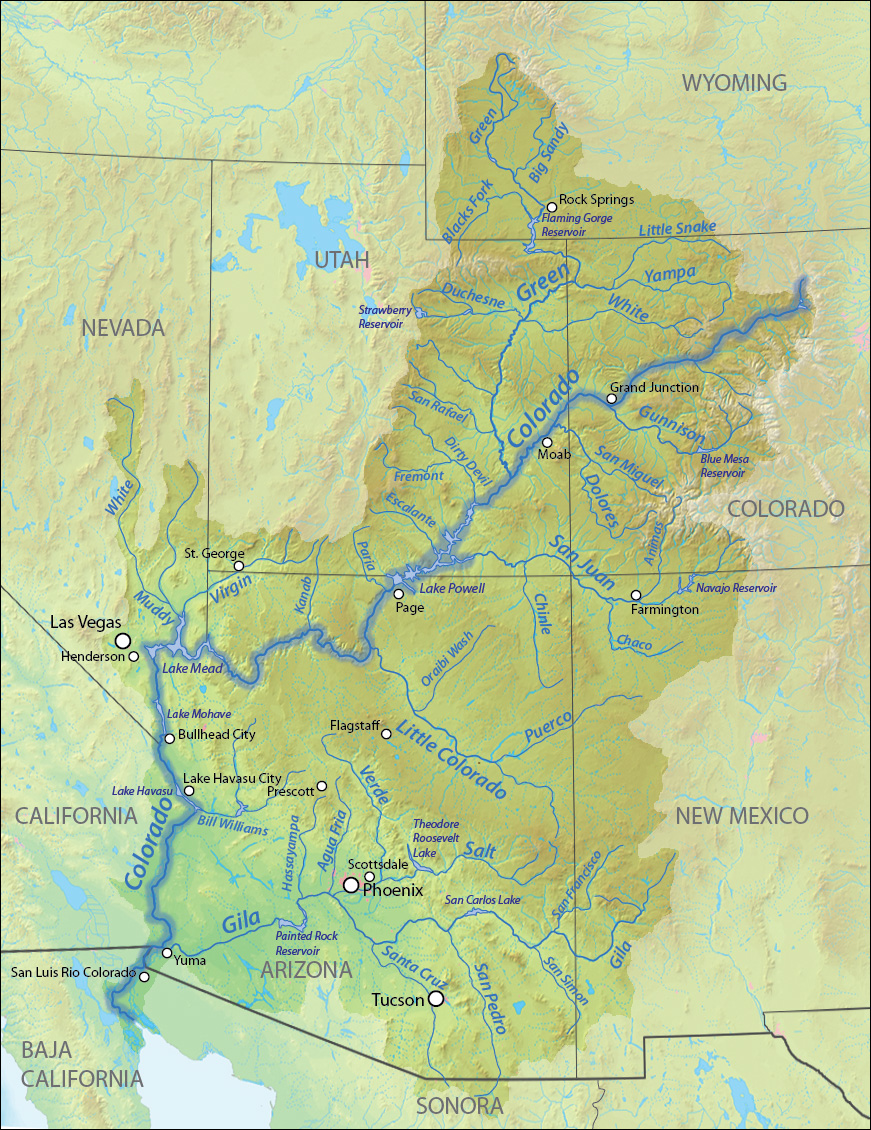
The Colorado River Basin, a life source for the Southwest, is being drained for growth. (CC BY-SA 4.0, Shannon)
The natural environment of the American Southwest is sending out a loud call of distress, but few people in positions of power are listening. Economic and population growth are straining nature, especially across the Colorado River Basin, which encompasses parts of Colorado, New Mexico, Utah, Wyoming, Arizona, Nevada, and California.
From 2010 to 2020, Colorado gained about 725,000 people, Arizona gained 760,000, and California gained a whopping 2.3 million. At the same time, Nevada, Utah, and New Mexico grew considerably, and the population even inched upwards in slow-growing Wyoming, the least populous U.S. state.
Similarly, the GDP of each Colorado River Basin state increased by two to four percent annually in 2017, 2018, and 2019. Despite the pressures of the pandemic in 2020 and 2021, the collective GDP raced upward even faster.
Growth in the Southwest is largely due to state and local policies that incentivize, subsidize, or otherwise lure people into the area. A researcher could craft an entire career out of cataloguing pro-growth policies in just one state.
In Colorado (where I live), a succession of governors—including incumbent Governor Jared Polis—have promoted and celebrated every uptick in statewide GDP, consumption, and population. Thanks to these pro-growth attitudes and initiatives, the Colorado River Basin’s water, landscape, and biodiversity are continuously under assault.
GDP Goes Up, Water Goes Down
The Colorado River, which sustains over 40 million people across the Southwest, has been hit hard by climate change, drought, and resource exploitation. Nearly every month, news reports paint a worsening picture for river flow and the water levels of reservoirs. The two largest reservoirs in the USA—Lake Mead and Lake Powell, both on the Colorado River—are at their lowest levels in history with further decreases predicted.
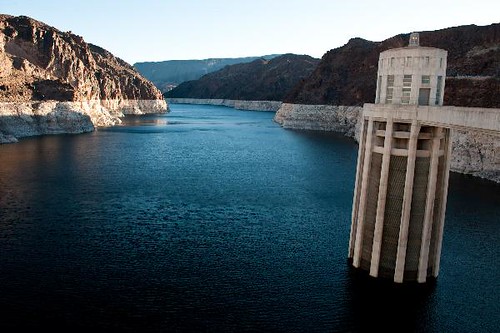
Lake Mead water levels have dropped to historic lows. (CC BY-SA 2.0, Bureau of Reclamation)
The Bureau of Reclamation has announced “emergency” measures to increase Lake Powell’s water level so electricity turbines may continue spinning at Glen Canyon Dam’s hydropower plant. Meanwhile, California, Arizona, and Nevada have decreased their water diversions out of Lake Mead. Yet, as drought and climate change intensify, upper basin states—Colorado, Utah, and Wyoming—continue building more dams to support the growing population.
There’s not enough water to support the population and economy that already exists in the Southwest, but continued growth means stretching water supplies further by transferring water from farmers—who control about 75 percent of water in the basin—to cities. The city of St. George, Utah, for example, is struggling to find alternative water sources to accommodate growth. Officials recently warned that the “stalled water supply could put the brakes on the growth economy.”
The ecological health of river systems across the basin has been deteriorating for as long as I remember. Now, flows are at historically low levels, fish and aquatic life are suffering from low flows and warmer water, and pollution levels continue increasing. Furthermore, the parched landscape is burning more frequently and intensively, increasing the runoff of river-clogging soot and debris into the rivers and reservoirs.
Landscapes, Open Space, and Farms Disappear
Growth in the Southwest is devouring open space, farms, and wildlife habitats. A March 2022 comprehensive report, published by Numbers USA (which advocates for U.S. population stabilization) is titled, “From Sea to Shining Sprawling Sea.” The report offers state-by-state insights into the way growth is devouring the landscape in basin states. According to the report, from 1982 to 2017:
- Colorado lost 1,126 square miles of open space, farms, and wildlife habitats due to growth and sprawl
- California lost 3,420 square miles
- Nevada lost 498 square miles
- Utah lost 713 square miles
- Arizona lost 1,744 square miles
- New Mexico lost 1,018 square miles
- Wyoming lost 251 square miles
Some policymakers and activists concerned about this loss of open land for growth argue that the solution is to pack people in more densely to reduce sprawl. However, as I have described in other columns and posts, dense housing increases the ecological footprint of growing economies and human populations as surely as sprawl does. The Global Footprint Network describes how Americans’ environmental impacts extend far beyond our housing choices and spatial arrangements.
Our ecological footprint includes the roads we drive on, the malls we shop at, and the pipelines that bring natural gas to our homes. It also grows with plane trips to Europe, electronic devices imported from China, produce shipped from South America, granite countertops sourced from Brazil, and even the various materials extracted to construct our houses. Any additional activity producing the goods and services we consume entails a larger ecological footprint.
Biodiversity and Habitat Fragmented and Diminished
In March, the New York Times published a series of maps illustrating the threat to biodiversity across the USA. The report included a disturbing image of nature being destroyed in the Southwest. Healy Hamilton, chief scientist at NatureServe, said, “There are hundreds of species known to be globally critically imperiled or imperiled in this country that have no protection under federal law and often no protection under state law.”
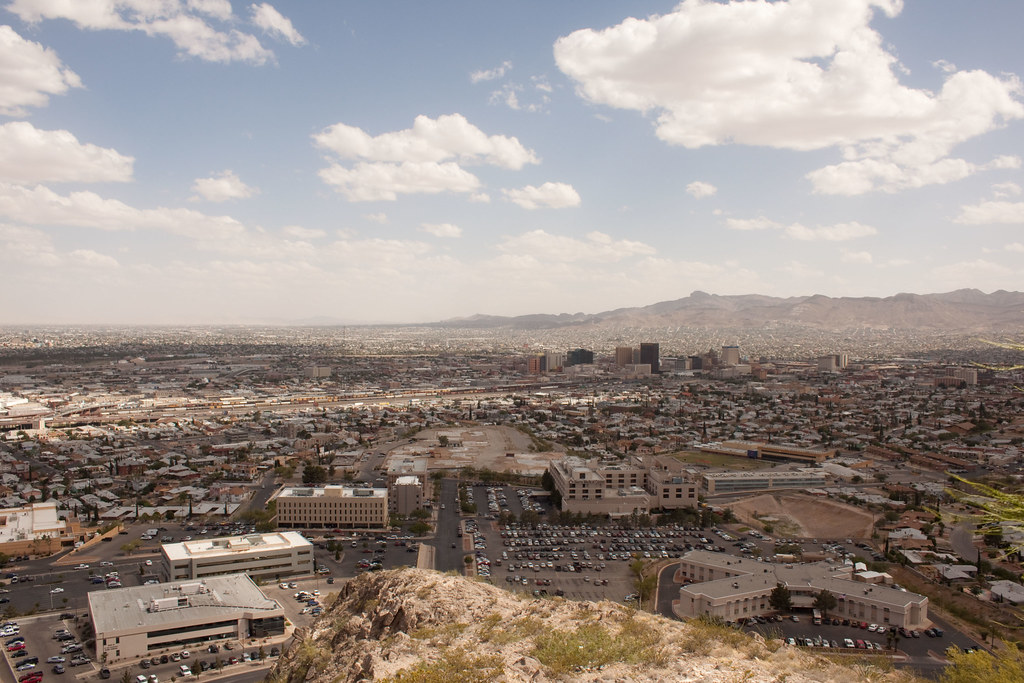
Natural landscapes across the Southwest are being overtaken by urban sprawl. (CC BY-NC-SA 2.0, scaredpoet)
The map shows the basin states as having some of the most imperiled biodiversity in the USA, most notably the Colorado River’s aquatic diversity. California—including Southern California, which receives Colorado River water—appears particularly stressed. The New York Times report quotes Wade Crowfoot, California’s natural resources secretary as saying, “We have this tremendous biodiversity, but we also have these major stressors, including that we built ourselves into the fifth-largest economy in the world with 40 million people.”
Several NGOs work throughout the Southwest to protect biodiversity. One NGO, Defenders of Wildlife, catalogues the biodiversity threats as “urbanization, agriculture, water diversion, fossil fuel extraction/conveyance/processing, and open-pit mining.” And, the so-called “green economy” is creating new threats.
Proposed lithium mines in Nevada and Arizona are some of the latest flashpoints of enviro-political controversy. These mines further destroy the landscape, pollute streams and rivers, and imperil biodiversity that relies on intact and healthy ecosystems.
America the Beautiful?
Given the extreme threats to water, land, and biodiversity throughout the Southwest, the U.S. government appears to be making an effort to manage the degradation caused by growth.
In May 2021, President Biden launched the “America the Beautiful” initiative with the goal of “conserving 30 percent of U.S. lands and waters by 2030.” Sometimes called the “30 by 30” (or “30×30”) campaign, this initiative has been broadly embraced by conservation leaders, nonprofit groups, tribal governments, and eleven U.S. states. Further, in April 2022, Biden doubled down on the campaign, pledging a $1 billion investment to bring the 30×30 campaign to fruition.
Beyond the 30×30 campaign, however, other U.S. policies are absurdly designed to pursue more growth. It will be increasingly difficult, if not completely impossible, to accomplish the goals of the 30×30 campaign if the U.S. population and economy continue to grow.
At local and state levels in the Southwest, we routinely see tax incentives for new businesses, subsidies to cut development fees, and aggressive marketing campaigns aimed at luring new residents. Eliminating these growth subsidies and pro-growth campaigns is critical for any semblance of sustainability, but that elimination is almost unheard of in any local or state-level discussion throughout the region.
Steady-state policies, including an ethical approach to stabilize population, are the only options that can protect water, land, and biodiversity across the Southwest. We’ve been warned, “The nature of consumption is the consumption of Nature.”
 Gary Wockner is CASSE’s Colorado River Chapter director, and an environmental activist and writer.
Gary Wockner is CASSE’s Colorado River Chapter director, and an environmental activist and writer.

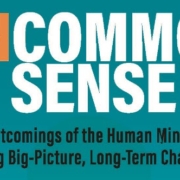
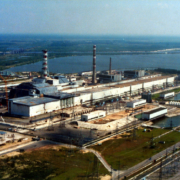
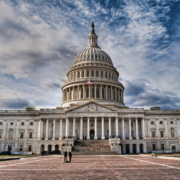


No profanity, lewdness, or libel here. Those are the guidelines for posting a comment. I am shocked, however, to see that Gary Wockner owns a tie! Gary is a tremendous environmental writer that deals with THE environmental issue–human population growth. I view the three big impacts as being climate change, water scarcity and loss of wildlands and wildlife. Hope the populace comes to realize that future generations deserve the earth that they enjoyed.
Thank you very much Gary. Dots well joined. This article I wrote in 2014 might interest you. Population is included. However I do not know to what degree Ecuador has been able to implement this policy.
Geoffrey
https://steadystate.org/fresh-water-growth-degrowth-and-the-steady-state-economy/
Thanks for that link, Geoffrey. A good read. I was in Ecuador a few years ago, but I didn’t get a chance to learn about this specific issue.
All best,
Gary
Gary, I thought this might interest you. Legislative texts re right of nature to exist, for several countries, Ecuador included. The latest is Panama.
https://www.centerforenvironmentalrights.org/rights-of-nature-law-library
Hi Loras,
Because the Colorado River, and all of the planet, is in extreme peril, I thought maybe I’d be taken just a bit more seriously if I wore a tie! :-)
Thanks for the kind words. Yes, here’s to hoping humanity comes to its senses.
Gary
Consuming nature,,, nobody thought of this ???? I’ve watched it happen for 40 plus years in Colorado!. Makes me sick, favorite fishing spots GONE. Trash everywhere. Hunting the great outdoors, GONE ! Even the insects are taking part .We could open our eyes only to realize it’s all GONE !! Better to keep them closed ????
Agreed, Gregg. The state of Colorado is being devoured by growth.
Why cant we pump flood water from intense storms or from excessive snowmelt, all from the east coast, to cleansing stations, then pumped directly into the Colorado or its reservoirs? we pump oil across the world, why not this??
Hi CJ, It could be done, and people have thought of doing it. But the expense and environmental impacts would be dramatic. All best, Gary
Colorado is full! Go home transplants !!!!!!!!
Thank you, Mr. Wockner, for the mind-opening insights. I live in Montana, and urban sprawl from all those other states is moving here. Ranches are being turned into high-end homes and resorts. Soon, we old-timers will be hit with rising property taxes and forced out of our own low-end homes with nowhere to go. I love the environment I live in, but it’s luring all the people who voted to destroy the biodiversity in all those other states. I’m afraid they’ll take over–oops, they already are–MT state government and run roughshod over hunting privileges and fishing access. The elk and deer herds will suffer without proper management and the fisheries will become the domain of the rich and famous liberals. Many long-time locals hate that show Yellowstone for glamorizing my home state. Our own govt is encouraging newcomers with money to burn. I just hope they’re paying income taxes here as well as in the states they’re working remotely from. Thanks for letting me rant, sir. God bless you.
I hear you. I’m with you. I love Colorado as much as I do my own state Montana. We are the most beautiful places in the lower 48. My favorite national park is there. Shhhh. Don’t tell anyone from California. They’ll figure out how to turn it into a theme park. With the mascot Bucky the Bighorn sheep.
I’ve thought for years that there should be way more restrictions for outside watering in the Colorado river basin states but so many people have their head in the sand. This will lead to ghost towns in the future because of man’s stupidity.
PLEASE SUBSCRIBE ME TO YOUR BLOG.
If I were to write this again, I would point out the dramatic growth problems below the border as well, in the Tijuana and Mexicali regions, that also depend on the Colorado River.